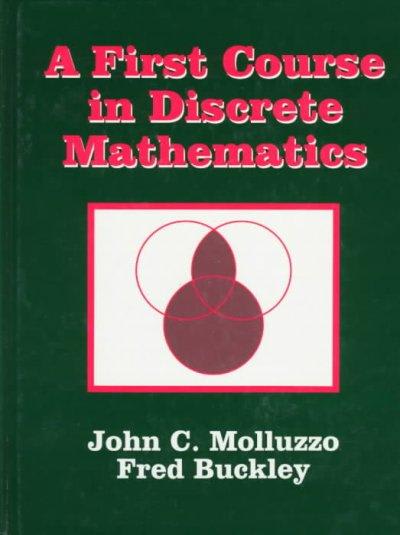Question
An ecologist wants to examine the deer population in two different areas, Area 1 and Area 2, at Western Canada. He assumes that the number
An ecologist wants to examine the deer population in two different areas, Area 1 and Area 2, at Western Canada. He assumes that the number of deer, X and Y, in Areas 1 and 2 is Poisson distributed.
(a) The ecologist reckons that the expected number of deer is respectively 1 = 3 in area 1 and 2 = 5 in area 2. How can I find P (X = 2) and P (X 3), and an approximate expression for P (X = Y)? Clarify the assumption you must use to calculate the last answer.
(b) If a deer is in such an area, the ecologist assumes a probability of 0.2 that it is observed. If in reality there are 5 deer in the area, what is the probability that three of them are observed? What is the expected number of deer observed?
Step by Step Solution
There are 3 Steps involved in it
Step: 1

Get Instant Access to Expert-Tailored Solutions
See step-by-step solutions with expert insights and AI powered tools for academic success
Step: 2

Step: 3

Ace Your Homework with AI
Get the answers you need in no time with our AI-driven, step-by-step assistance
Get Started


